A fun look at iconic Australian-invented foods and their histories
THESE are the Aussie classics we’ve grown up with. But do you know the stories behind our nation’s iconic foods and how they were invented?
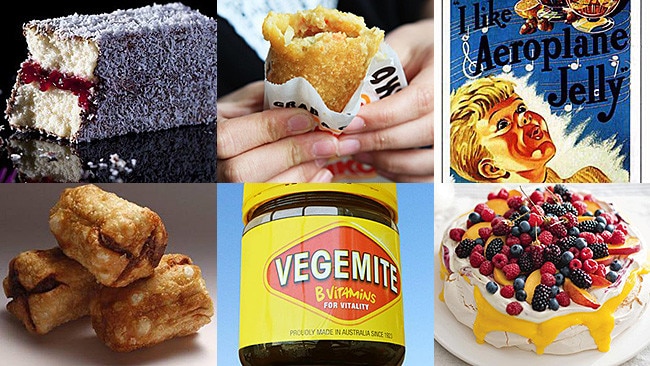
VIC News
Don't miss out on the headlines from VIC News. Followed categories will be added to My News.
- Victoria’s hidden gems: Gippsland
- Top camping spots on the Great Ocean Road
- 20 best things to eat in Victoria
- Flinders St: How a Melbourne icon came to be
THESE are the foods synonomous with Australia, the tastes we’ve grown up with.
But did you ever wonder how the humble lamington, dim sim, pavlova, Chiko Roll, Vegemite, or Aeroplane Jelly came to be?
This is your definitive guide to Australian-invented foods and their histories.
Which Aussie food do you want to know more about? Tell us below.
LAMINGTONS

Australia’s national cake — a square sponge cake dipped in melted chocolate and desiccated coconut — is long-believed to have been named after Lord Lamington (1860-1940) who was Governor of Queensland from 1896 to 1901.
But as the story goes, it turns out he hated them, calling the cakes “those bloody poofy woolly biscuits”.
But, keep in mind this is the same guy who once shot a koala straight out of a tree.
However, a Queensland history professor, fascinated with the urban legend, has spent years getting to the crux of the cake’s origin. And, he believes the cake was named after someone else.
Professor Maurice French, from Toowoomba, said there was “a lot of urban mythology about the lamington and the various places it was created — Brisbane, Ipswich, Cloncurry, New Zealand and even the remote possibility of a Polish lamington”.
While Prof French can’t definitively say who invented it, he’s narrowed it down to three contenders — Armand Gallad, the French chef to Queensland governor Lord Lamington; Fanny

Young, a temporary cook at the governor’s Toowoomba residence; or Amy Schauer, a cookery instructor at Brisbane’s technical college.
Records indicate they all prepared a version of the cake between 1890 and 1910.
The original recipe called for butter cake, but was adapted for sponge cakes when the recipe became popular in the 1920s.
One thing Prof French can confirm is that the long-held belief that the cake was named after Lord Lamington is untrue.
“It’s always been argued that it was named for the Lord, but there is a strong case that it was in fact named after Lady May Lamington, especially as most cakes are named after women.
The story behind the popular-held belief surrounding Lord Lamington, came from when the Governor had unexpected guests pop over.
The cupboard was bare apart from a stale sponge cake, so he asked the chef to improvise.
The chef chocolate-coated the sponge cake, cut it into 5cm squares and added shredded coconut because it was sticky.
The result was the lamington, which apparently the chef named after his vice-regal boss (or as it turns out, his better half).
FUN FACTS
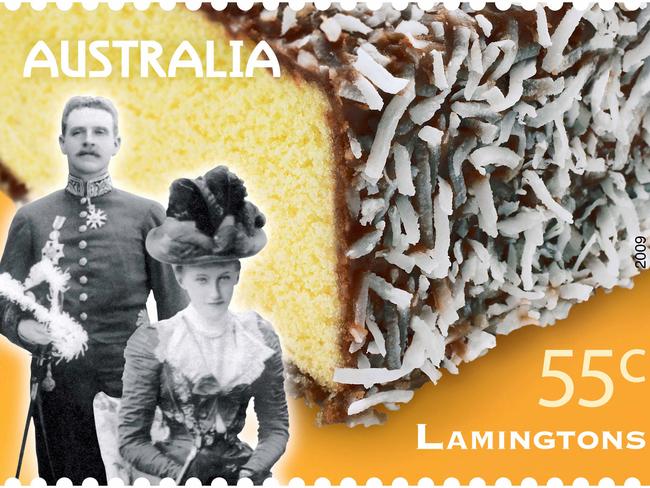
— National Lamington Day, is July 21
— Lamington National Park exists, 75km south of Brisbane, named after the Lord himself
VEGEMITE
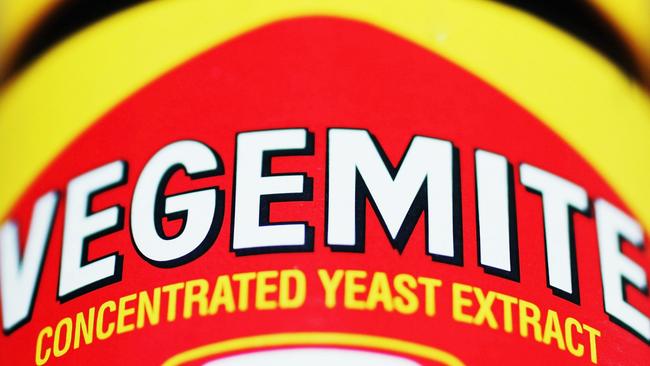
You either love it hate it, but the yeast-based spread has a cult following.
A young chemist was hired in 1922 to come up with a spread make from brewer’s yeast, a rich natural source of vitamin B.
He worked for the Fred Walker Company, which later became the Kraft Food Company.
After months spent testing concoctions in the lab, “Pure Vegetable Extract” was born. Sounds delicious, hu?


It’s inventor was Dr Cyril P Callister, but instead of naming the black gooey spread after him, the company came up with a rather clever plan to get the Australian public behind the product — and created a national naming competition with a cash prize.
We’re not sure it would fly in this day and age, but of all the hundreds of entries, the company boss Mr Walker’s daughter came up with the winning name.
By 1923, Vegemite was in grocery stores, marketed as “delicious on sandwiches and toast, and improving the flavours of soups, stews and gravies”.
But in a case of what came first: locally-made Vegemite or the English version Marmite ... it was Marmite that already had a stronghold on the Australian market, which meant sales of Vegemite were slow.
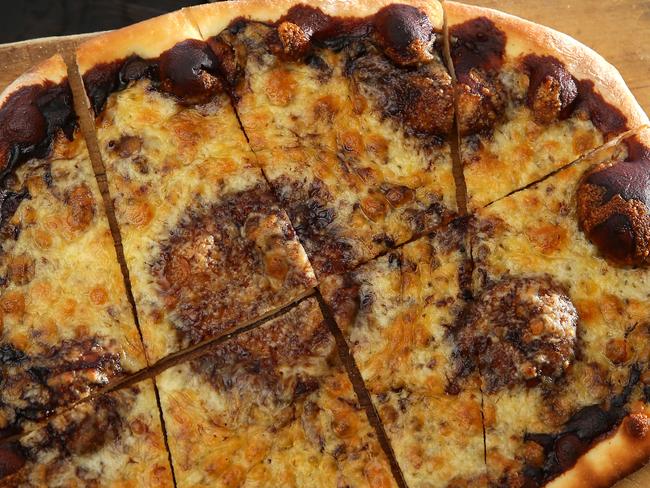
Five years later, in 1928, Vegemite was renamed “Parwill”, during an advertising campaign designed to outsell Marmite.
Their slogan was “Ma might, but Parwill”.
It didn’t work, and they went back to Vegemite.
In 1936, the electric toaster made its debut ... a match made in heaven, followed by a huge surge in demand for the product during World War II.
Australian Armed Forces were buying in bulk, due to its nutritional value, and the company had to ration jars.
It wasn’t until 1954 that the ‘Happy Little Vegemites’ jingle we all know and love aired on radio.
FUN FACTS
— Vegemite trumped the meat pie as Australia’s number one food icon in 2015
— University of Queensland researchers Ben Schulz and Edward Kerr proved alcohol can be made from Vegemite following a report indigenous dry communities were using vegemite to home brew alcohol.
— It has its own day: National Vegemite Day rolls around annually on June 16
— Vegemite Way is a legit street in Port Melbourne, this pic proves it.
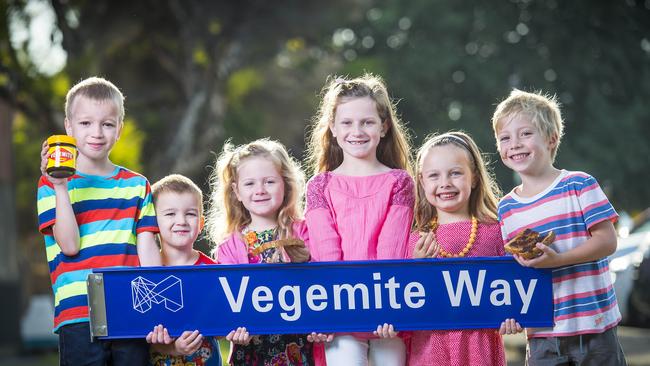
— Vitamin B3 found in vegemite and beer can slash the risk of skin cancer by 23 per cent a groundbreaking study at Sydney University found.
— We’ve had a Vegemite macaroon (in Adelaide), a vegemite pizza (Deck Bar, Manly in Queensland) a vegemite martini at (Kensington St Social in Chippendale, Sydney), vegemite ice-cream at Trampoline in Southbank (Melbourne), Zumbo vegemite and avocado on toast macaroons, and Pizza Hut created a vegemite pizza with ham and pineapple
— Singer Miley Cyrus has a vegemite tattoo
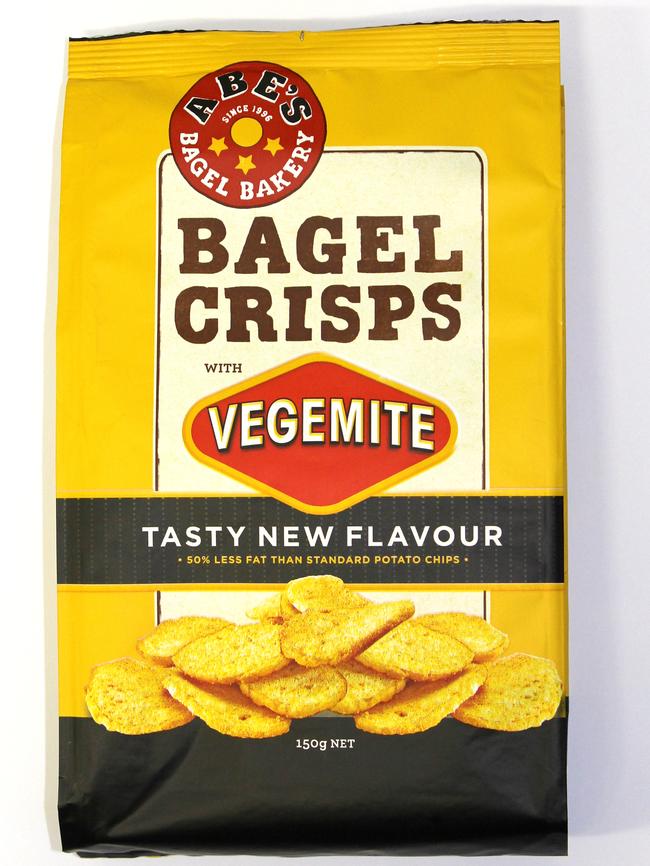
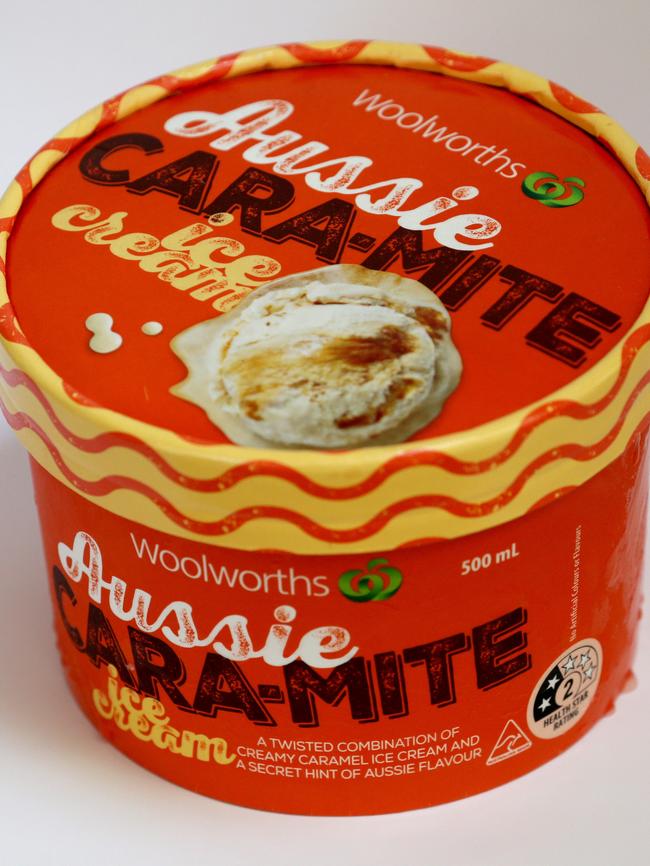
— There’s Vegemite bagel crisps, Cadbury’s vegemite choc bars, Woolworths Cabra-mite ice-cream
— Vegemite pulled an April Fool’s Day joke in 2015 announcing a 60m tall vegemite shaped jar museum
— An estimated nine out of ten Australian pantries contain at least one jar of Vegemite, with 46 per cent of us having eaten it at least once during a calendar week
— The Vegemite sandwich, a staple of Australian school lunch boxes, was immortalised in the Men at Work song Down Under in 1982. Listen to it below.
AEROPLANE JELLY
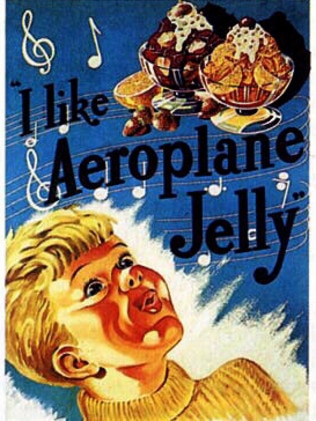
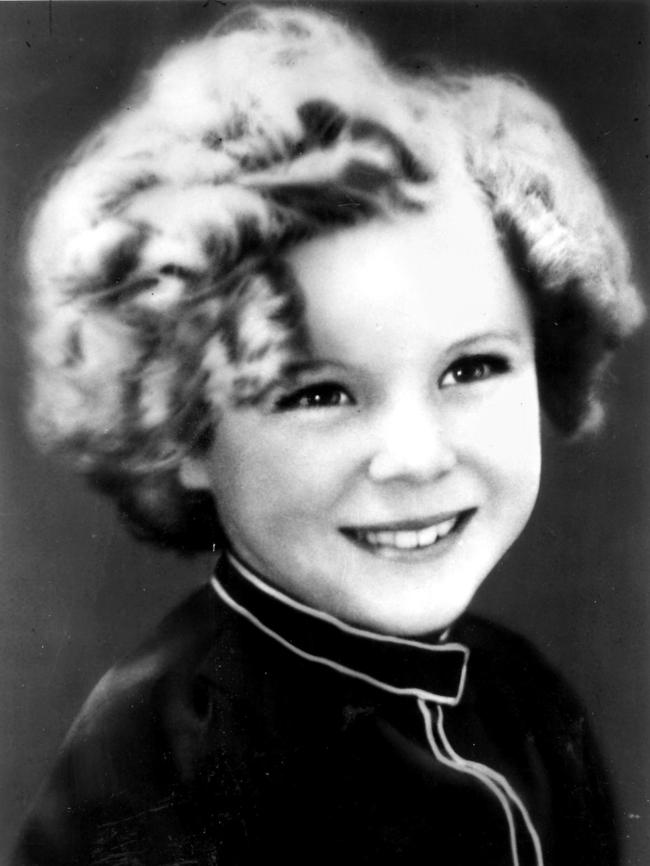
It has a special place in the hearts of all Australians thanks to one of the nation’s longest-running jingles.
It all started in 1927 with tram driver Bert Appleroth making jelly crystals in his bathtub, using gelatine and sugar.
He started handing them out along his Sydney tram route, and sold them door-to-door in his downtime. They proved a hit.
Mr Appleroth, with had formed a company with his partner Albert Lenertz, called Traders Pty Ltd, had officially launched the brand in 1927.
A year later, on a lazy Sunday afternoon, the first version of the Aeroplane Jelly jingle hit the radio waves on station 2KY.
By 1938, a five-year-old boy Joy King, became the official voice of the jingle, beating 200 other hopeful kiddies. This version is still used today.
FUN FACTS
— Planes were considered new and exciting at the time by Mr Appleroth, an aviation fan, named the brand
— One of Australia’s longest running jingles, it was played on radio over 100 times per day in the 1940s
— The first Aeroplane Jelly factory was located in Paddington, New South Wales

— Aeroplane Jelly enters into the Guinness World Records making the largest ever Jelly. It was watermelon flavoured and 35,000 litres.
— One of the first commercials on Australian television in 1956 was a spot featuring the Aeroplane Jelly song
— Aeroplane Jelly is the market leader of the Australian jelly industry with a 25 per cent share in the industry valued at $1121m per annum
DIM SIMS

Dim sims were invented in Melbourne’s Chinatown in 1945 by a Chinese chef William Chen Wing Young for his restaurant ‘Wing Lee’.
He went on to create a commercial version for his food processing company of the same name.
The simple dumpling style dish — which can be steamed or fried — contains seasoned minced pork, lamb or chicken (and dog, if you believe the rumours) as well as cabbage. It’s encased in a wrapper and dipped in soy sauce before being devoured.
Celebrity chef Elizabeth Chong told ABC radio her father had invented the popular fish and chip shop snack.
She said her father had watched restaurant guests particularly devouring a dish of tiny pork mince dim sum dumplings known as ‘siu mai’.
Before long he was producing the little morsels in a factory “by the thousands”, and changed the name to ‘dim sim’ because ‘siu mai’ was too hard for Aussies to say.
“They called it a dim sim because in my dialect we don’t say dim sum, we say dim sim,” Ms Chong said.
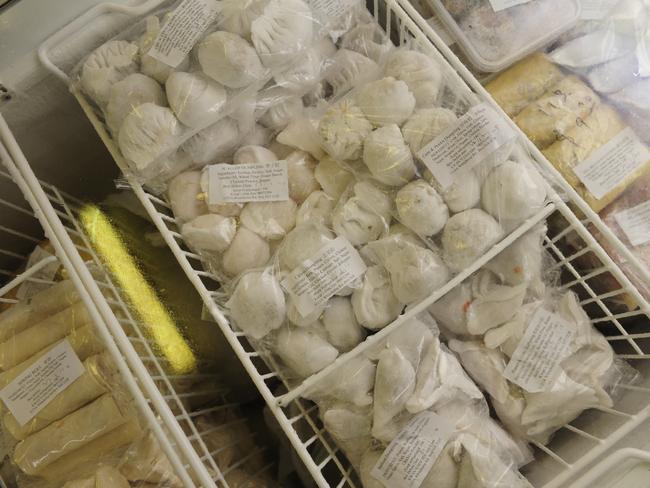
She said dim sum translated as “dot heart — foods that are so small and dainty they touch your heart, or dot your heart, and they don’t hit your stomach”.
The dim sim is not Mr Wing Young’s only contribution to our nation’s stomachs.
He also commercialised the chicken roll, which was later adapted by Australian businessman Frank McEnroe into the chickenless Chiko Roll.
However, Australian lexicographer James Lambert has discovered a reference to this popular fast food in the Melbourne newspaper The Argus, decades earlier. in 1928.
On October 13, 1928, it stated: “No Chinese meal is complete without some succulent dim sims (pork minced with water chestnuts and enclosed in paste), and such sweets as honeyed lychee nuts and honeyed ginger.”
FUN FACTS
— Australians refer to dim sims as a “dimmy” (or dimmies = plural)
— They are mainly sold in fish and chip shops, service stations, corner stores, and some Chinese restaurants and takeaway outlets
— A vegetarian version contains cabbage, carrot, vermicelli, Chinese shiitake mushroom or other vegetable fillings, along with seasoning, although these are rarely seen in commercial outlets
William Young’s “original recipe” was made of twice-minced pork, prawns, water chestnuts, spring onions and soy sauce wrapped in a custom dumpling pastry
CHIKO ROLL
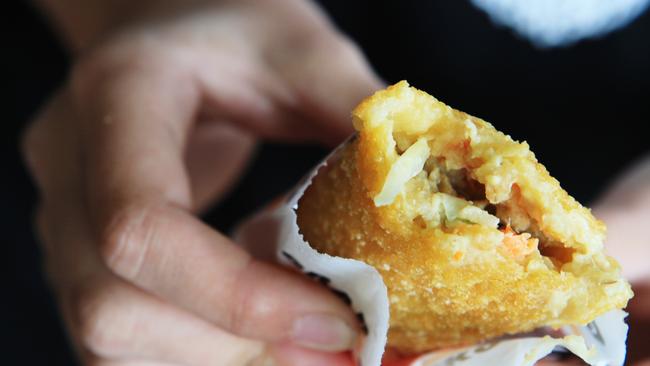
Another fish and chip shop staple, the Chiko Roll is an Aussie take on the spring roll.
The deep-fried delight has a thick, almost chewy dough wrapped encasing mutton, barley, cabbage, carrot, celery, rice and seasonings.
They were invented by Frank McEncroe (1908-1979) from Bendigo, who had many bows to his arrow having worked in catering, as a boilermaker, and in a family milk business.
In 1950, Frank bought a Chinese chicken roll at a VFL match that would change his trajectory forever.
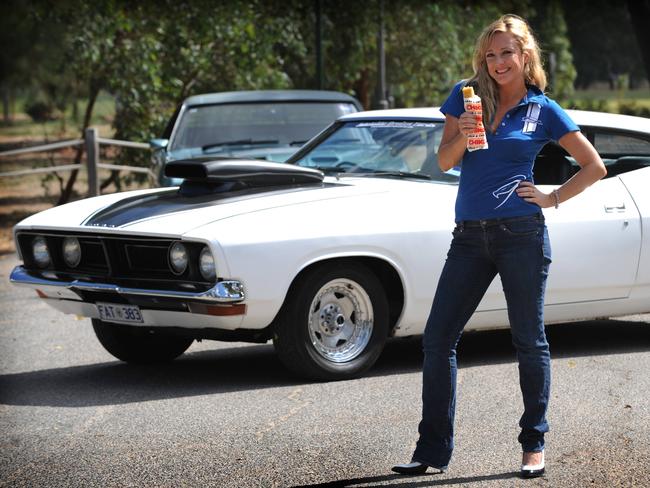
He devoured it outside Richmond’s Punt Rd Oval, and loved how he could hold it with one hand and hold a drink in the other.
Unable to shake the feeling he could do something big with an adaptation of it, with a less crispy shell that could be made in advance.
He bought a handfed sausage machine to play around with and at first called it a ‘chicken roll’ even though it didn’t have any poultry in it, and later changed it to simply ‘Chiko’.
The product was successfully trialled at the Wagga Wagga Agricultural Show in New South Wales in 1951.
He set up a small factory in Coburg, Melbourne, and the rest is history.
By 1956, he had national distribution of the frozen version and by the time of his death in 1979 he was selling 40 million chiko rolls a year.
FUN FACTS

— Since 1965, the advertising has featured a girl on a Harley motorcycle
— In 2015, three MPs claimed in Parliament their town — and their town alone — was the savoury snack’s true home.
— In 2009, actor Eric Bana had a bet with SAFM’s radio presenter Amber Petty, who ended up posing with a Ford muscle car while eating a Chiko Roll
— In 2008, the company began a promotion to search for a new Chiko chick
— The humble Chiko Roll was even good enough for Lady Sonia McMahon, who was spotted eating one in Melbourne back in 1972. Here’s proof.

PAVLOVA
Pavlova — the infamous meringue dessert with a crispy crust and soft centre, topped with fruit and whipped cream — is (sadly) definitely from New Zealand, but because it’s synonymous with Aussie born-cuisine we wanted to explain our nation’s long-running claim for it.

As it turns out, an historical argument between two countries Australia and New Zealand over who invented the pavlova was settled in 2010 by The Oxford English Dictionary.
It was named after Russian ballerina Anna Pavlova (1881-1931), the greatest, most celebrated and influential ballet dancer of her time, who toured Australia and New Zealand in 1926.
Pavlova’s visit to New Zealand was deemed the “chief event of 1926”.
“She does not dance, she soars as though on wings,” it was said at the time.
This very description draws parallels with the airy dessert.
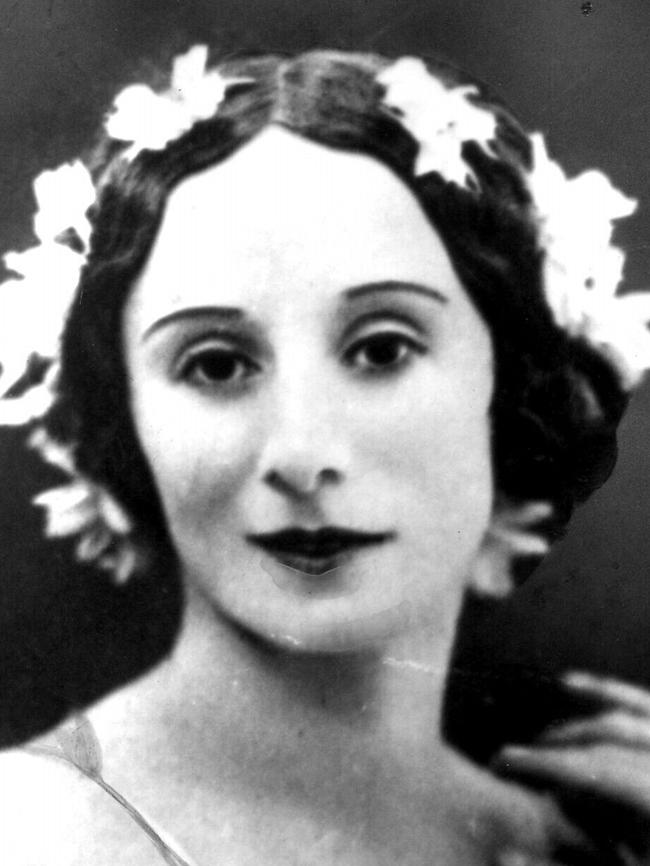
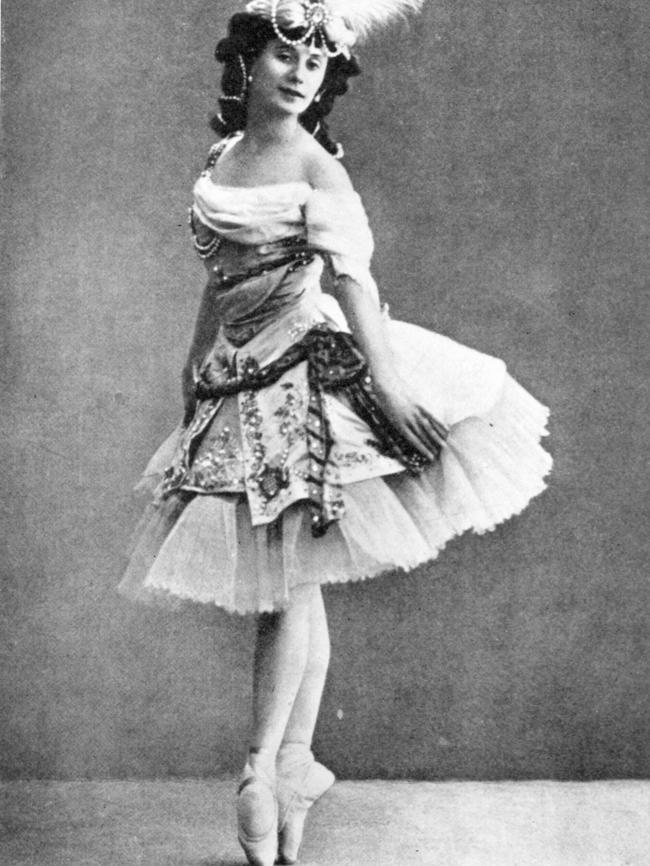
And the first recorded pavlova recipe as ruled by the OED appeared the following year, in a cookbook called Home Cookery for New Zealand.
The term ‘pavlova’ wasn’t used, but the recipe was for a “meringue with fruit filling”.
New Zealanders say Australians copied this recipe and called it pavlova.
Pavlova expert Professor Helen Leach from New Zealand’s University of Otago, has collected 667 pavlova recipes.
“I can find at least 21 pavlova recipes in New Zealand cookbooks by 1940, which was the year the first Australian ones appeared,” the author of The Pavlova Story said.
The Australian claim is based on a recipe by Perth chef Bert Sachse, which is believed to date around 1935, created as a tea dessert for the Hotel Esplanade’s afternoon teas.
After tasting the cake, someone is said to have remarked: “It’s as light as Pavlova”.
If the Kiwis can claim the first evidence for pavlova, Australia can claim the first evidence of the common abbreviation pav, first recorded in 1966, according to Australian National University.
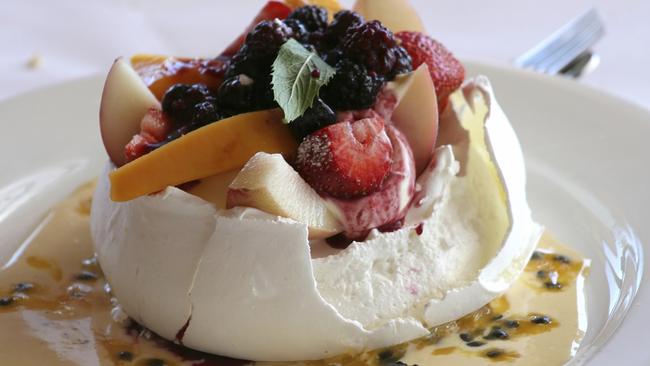
FUN FACTS
— Anna Pavlova was born on February 12, 1881 in Saint Petersburg, Russia
— The dessert is most served on special occasions during summer
— It’s made by beating egg whites, but the marshmallow centre is believed to be down to cornflour
— The cake is notorious for deflating if exposed to cold air, the dread of many.
Tell us what foods you want to know more about below.


